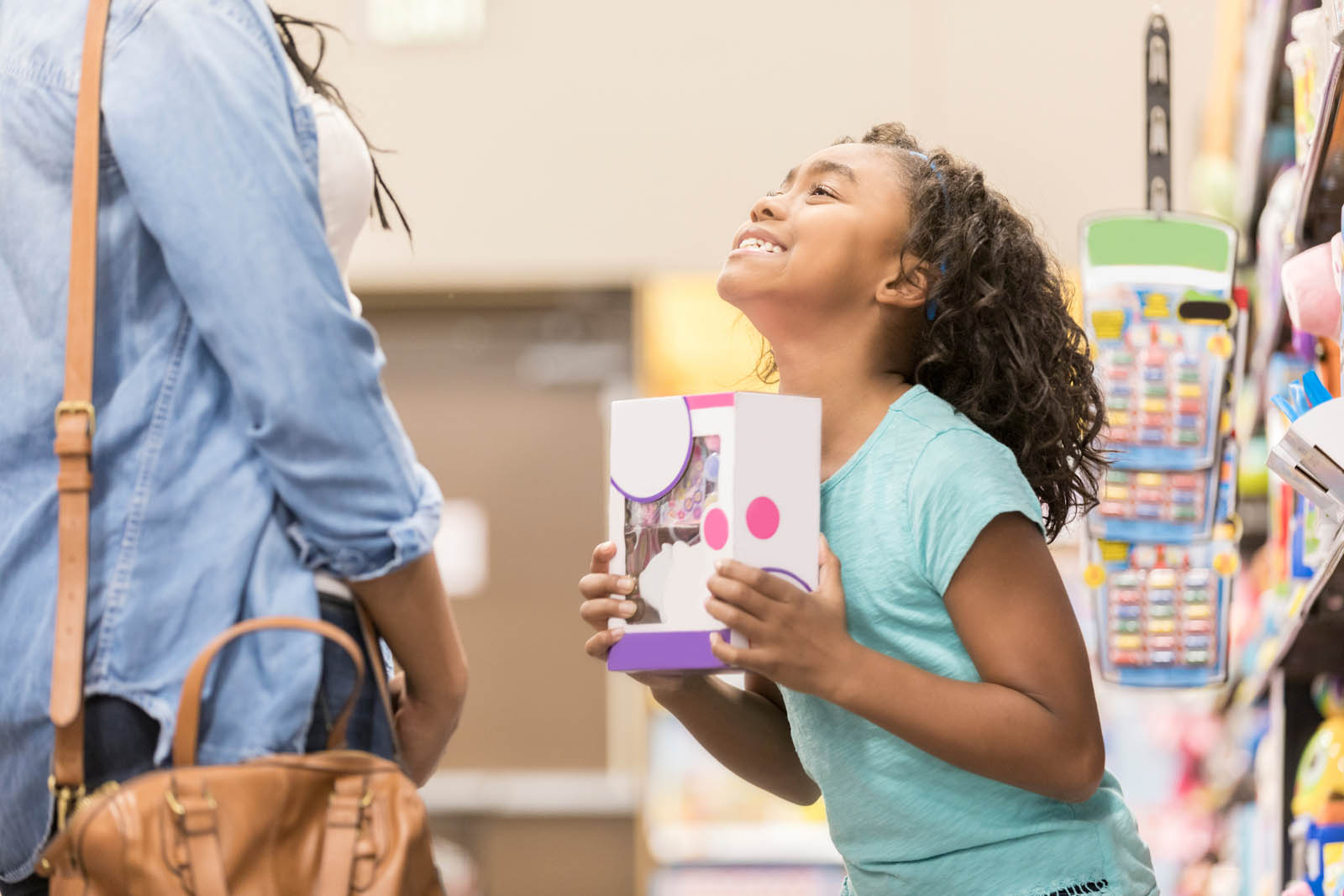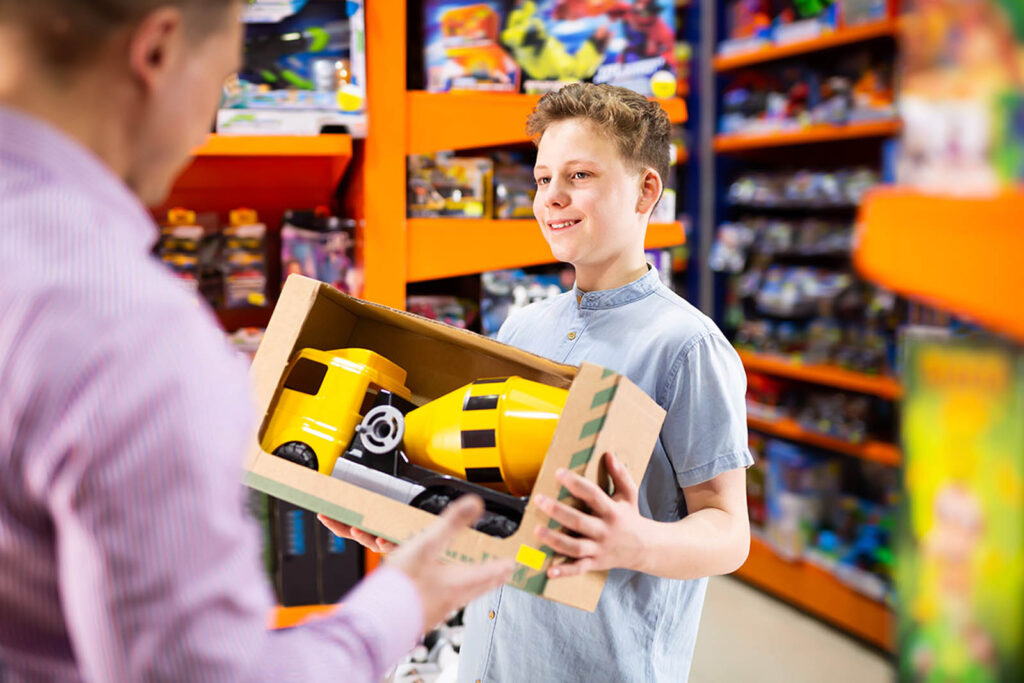
overview
The holiday toy shopping season is eagerly anticipated by children and parents alike. Children love playing with toys in-store and writing their wish lists; parents, in turn, rely on watching their kids at play to figure out which toys will be the biggest hit.
However, the COVID-19 pandemic radically changed the 2020 shopping season. As social distancing restrictions and health concerns rose, in-store shopping dropped. Simultaneously, social movements like Black Lives Matter rapidly increased social awareness around multiculturalism and had the potential to change the types of toys in demand.
Our client, a well-known toy manufacturer, wanted to understand how these health and social forces could influence the holiday toy-buying experience. C+R created a longitudinal, multi-phase, qualitative research program to answer the client’s questions. Through our research, the client gained a myriad of insights about shopper delighters and pain points, as well as strategic recommendations to help make future toy-buying seasons easier and more enjoyable.
THE PROBLEM
A Toy Shopping Season Unlike Any Other
A leading toy manufacturer wanted to understand the potential impact of COVID-19 and rising multicultural awareness on holiday toy shopping. The client enlisted C+R’s research expertise to help them plan for the ‘new normal’ and future of holiday toy shopping.

OUR APPROACH
Complex Times Call for a Unique Research Design
C+R created a three-phase, longitudinal qualitative research program to help the client explore and understand:
- shopper behaviors and truths, including desires, drivers, and barriers to toy shopping;
- the new shopper journey from pre- to post-shopping, including permanent changes and those with the potential to revert back post-pandemic;
- the impact of cultural identity on parent-kid influences; and
- the future state of toy shopping.
Phase 1 consisted of an immersive online community with 62 holiday shoppers who planned to shop at a mix of online and in-store retailers. The community lasted for two months, and participants completed asynchronous activities such as spontaneous holiday shopping journaling, online discussions, shopping missions, and weekly check-ins. All participants were recruited because they planned to buy two or more toys for children between the ages of 0 and 8 years old for at least one holiday (e.g., Christmas, Hanukkah, Kwanzaa, and/or Three Kings’ Day). Participants were between 21 and 50 years old and we recruited a mix of ethnicities, marital statuses, education levels, and household incomes ($30k+).
Phase 2 included webcam interviews with a subset of 12 parents (and their children) from the online community. The interviews were divided equally among parents with a child between the ages of 3-5, 6-8, and 9-11 years old. There was an equal mix of boys and girls and ethnicities represented. The webcam interviews lasted 45 minutes and focused on kids’ toy wishes and influences during the holiday season.
The final research phase consisted of webcam interviews with a subset of parents and gift-givers from the online community – this time without a child present. Twelve shoppers spoke with a moderator for one hour each; the respondents represented a mix of cultural identities. Six respondents planned to purchase a toy for a girl, and six for a boy. These interviews dove deeply into the multicultural impact of toy shopping during the holiday season.

The result
Delighters, Struggles, and Recommendations for the “New Normal”
Our research uncovered a multitude of insights about holiday toy shopping during a pandemic. We learned about in-store and online consumer delighters and struggles and our final report included strategic recommendations for how to make the holiday toy buying experience easier and more enjoyable for kids and adults alike in the post-COVID “new normal.”


proven experience
related case studies
